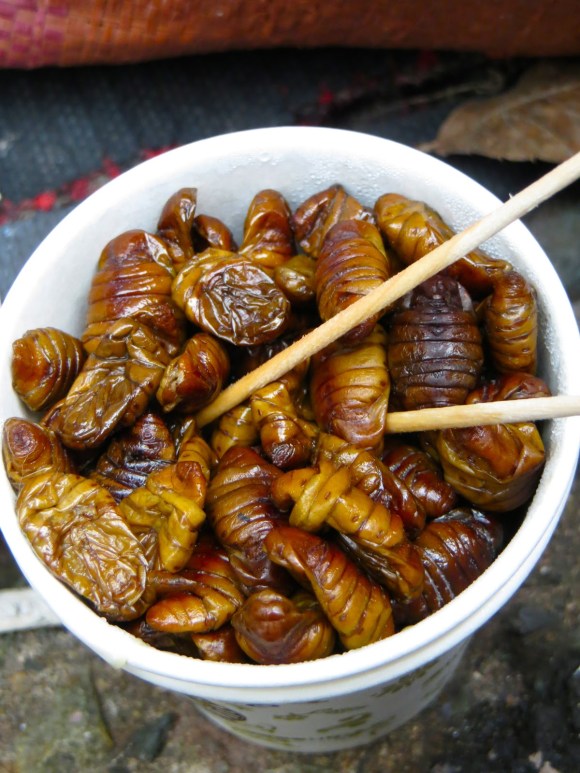
One of the top tourism draws around much of Asia is all the adventurous eating. East Asian countries in particular all seem to have a plethora of extreme foods that you’d never be able to get back home. These dishes run the gamut from super spicy to super sweet, may have gooey but oddly pleasant textures, or may come from some animal you’ve never heard of.
Most of the time, while exotic and possibly a little off-putting in appearance, these quirky dishes taste great. But then there are other so-called “delicacies” that a lot of locals won’t even go near, let alone doe-eyed tourists. So put down that burrito; you won’t be needing (or wanting) it, because here’s a list of stomach-churning delicacies from around East Asia:
Kopi Luwak
Hailing from Indonesia, Kopi Luwak are coffee beans eaten and excreted from the Asian palm civet, an adorable weasel-like creature. The excreted beans are then (presumably) washed and sold to coffee snobs for outrageous sums of money. General consensus is that the coffee brewed from these beans tastes kind of nasty and there’s even an argument to be made that the vast majority of Kopi Luwak is fake, which is even more reason to avoid it.
Bird’s Nest Soup
Tourists can enjoy a heaping helping of bird saliva for extravagant prices in parts of China. The soup is made from swiftlet nests, which are literally just big balls of the bird’s spit that hardens over time. We have no idea how it tastes and we’re kind of happy about that.
Chicken Blood
Served on skewers in the Philippines, chicken blood cubes look kind of like black tofu. The very idea of eating blood seems kind of impossible because blood tends to come in liquid form most of the time, but it’s actually not half bad. It’s got a salty and ever so mildly metallic taste, creating a culinary experience not unlike tasting your own blood after being punched in the face.
Ant Egg Soup
Available in several East Asian countries like Vietnam, ant eggs are supposedly similar to caviar in a lot of ways, in that they pop in your mouth. Unlike caviar, which tends to be pretty salty, these white ant eggs flood your palate with a sour taste as you bite into them.
Hachinoko
In Japan, you can enjoy these stewed bee larvae that, like most cooked insects, are a combination of crunchy, chewy and repulsive to the eye. Bugs in general tend to be an acquired taste, but the small size and lack of gangly insect limbs make hachinoko a good gateway bug for adventurous eaters.
Tarantula
Popular in Cambodia and a few other Asian countries, tarantula is apparently a love-it-or-hate-it fried delicacy that supposedly tastes like a cross between cod and chicken. Throughout our world travels, we’ve concluded that most meat generally tastes like chicken, but that doesn’t necessarily mean you should eat it.
Basashi
Basashi is horse sashimi, aka raw horse meat. Dressage riders may prefer to stay away from this extremely tender, very bloody meat, but I for one find it delicious. I go out of my way to order this at Japanese restaurants whenever it’s on the menu. It’s as tender as the best cuts of fatty tuna, but with a taste akin to rare steak.
Tuna Eyeball
This is a tuna eyeball. Tuna eyeballs are gigantic, Lovecraftian horrors that are better burned and buried than eaten.
Drunken Shrimp
This isn’t a case of creative license. Drunken Shrimp is literally a dish of live shrimp that swim around in an alcoholic brine, very drunk and presumably very happy until you bite their heads off and suck out their insides. Eating this basically makes you the equivalent of the child-eating monster at the end of a cautionary fairy tale passed on from generation to generation in the shrimp community.
Live Octopus
This already pretty famous dish served in Korea comes in one of two forms: whole and chopped up. In either case, the “food” is still wriggling when it’s presented to you. The whole version has been known to occasionally kill people, so remember that the next time someone puts a live octopus in front of you and says, “Here, eat this.”
Shiokara
One of many Japanese specialties that foreigners find hard to stomach, shiokara is minced fish stewed in fish guts and miso and then left to ferment for over a month. It’s a very traditional food that’s sort of fallen by the wayside recently; younger generations might eat it once or twice in their lives as a novelty, and even hardcore traditionalists suck it down as fast as possible, presumably because fermented fish guts tastes about as good as it sounds.
Balut
We’ve already talked about the balut of the Philippines. It’s a partially gestated duck egg eaten whole, fetus and all. I’ve thankfully never had to face one of these down, but despite the extremely unappetizing description, a quick internet search yields a lot of positive tourist reviews. Most praise the savory and surprisingly mild taste and the pleasant crunch of the partially formed fetus bones. We swear only a few of these reviews were written by serial killers.
Century Egg
The Chinese century egg is a normal egg left sitting in brine for a couple of months, turning all gelatinous and black in the process. It supposedly tastes like egg flavored gelatin. We don’t know why that’s supposed to be a good thing.
Chicken Feet
A street vendor food enjoyed throughout East Asia, there’s nothing inherently offensive about chicken feet; they’re even enjoyed in parts of the American south. It’s the sort of claw-like appearance that makes a lot of people take one look and say, “Yeah, that’s not for me.”
Habu Sake
This is Japanese rice wine with a drowned venomous snake just chillin’ in it. The venom is said to slightly numb the lips and tongue of the drinker and enhance male libido, which explains why I’m writing this with a wicked Habu Sake hangover right now. Very rarely you’ll hear news stories about the snake inside suddenly waking up and attacking whoever opens the sake jar, so I guess you could say this is a drink with some serious bite. HAHAHAHA!
Wasp Sembei
Sembei is a rice cracker extremely common throughout Japan. Wasp sembei is a sembei rice cracker with wasps in it. This is totally badass and tastes pretty good to boot, just so long as the wasps are dead.
Shirako
Another Japanese “delicacy,” shirako is the sperm sack of a male fish often served cold with a splash of ponzu vinegar soy sauce. I ate it once. …Once.
Beondegi
Korean silkworm larvae. These little steamed or boiled critters don’t taste bad at all, apparently. These, like the hachinoko above, might make for a great introduction to bug eating, just in case you get lost in the jungle some day and have to survive on grubs.
Inago
Inago are Japanese fried crickets. This deep into the list, this actually seems pretty pedestrian and normal. Due to being cooked in sugar and soy sauce, they’re sweet, salty and crunchy at the same time, which makes them pretty delicious in my book.
Fugu
Much has been said of fugu, the poisonous Japanese puffer fish. I’ve tried this multiple times and I haven’t died even one time! The taste is exceptionally bland; it just tastes like whatever sauce or seasoning it goes with. And the texture is nothing to write home about either; kind of similar to the crunchy/chewy texture of cartilage.
Durian
If you haven’t heard of durian by now, you’ve either been living under a rock or haven’t been reading RocketNews24. The famously stinky fruit’s pungent odor is so strong that it’s banned in public places in some regions. People swear that if you can get past the nauseating smell, the flesh of the fruit itself is sweet and pleasantly creamy, but given that the senses of smell and taste are so inextricably linked, many find the offensive odor to be a deal breaker.
Turtle Jelly
The name itself kind of makes you do a double take, but China’s turtle jelly is made by boiling down powdered turtle shell and letting it firm up into a gelatin. People say it has health benefits and increases virility in men, which is kind of a running trend among gross foods, we’ve noticed.
Natto
We’ve saved the last entry for natto, which we kind of have a special relationship with. Expats living in Japan tend to be an adventurous bunch and usually aren’t averse to trying foods that might not necessarily agree with their western palates. But if there’s one Japanese staple food that foreigners pretty consistently find disagreeable, it’s natto. The sweaty gym sock smell is so overpowering that it’s customary in Japan to ask those around you if it’s okay to crack open a packet, and the taste and texture, while not overtly gross, are nothing special either. On the other hand, the Japanese seem to love springing natto on foreign guests as some kind of hideous prank, so you have to be prepared to suffer through it at a moment’s notice.
Have you tried any of the foods on this list? Think something’s missing? Let us know in the comments!
Source: Buzzfeed
Photos: 1, 2, 3, 4, 5, 6, 7, 8, 9, 10, 11, 12, 13, 14, 15, 16, 17, 18, 19, 20, 21, 22, 23

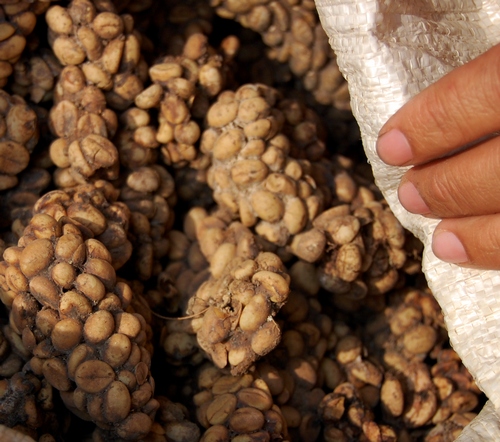
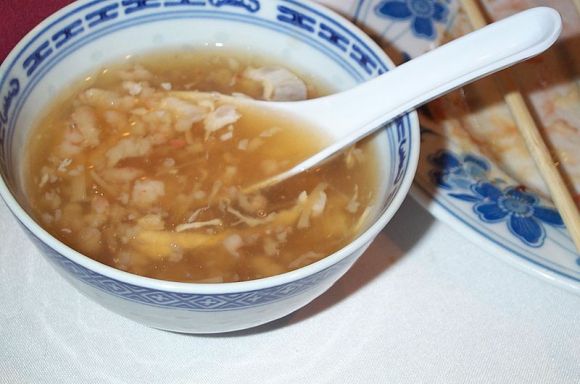
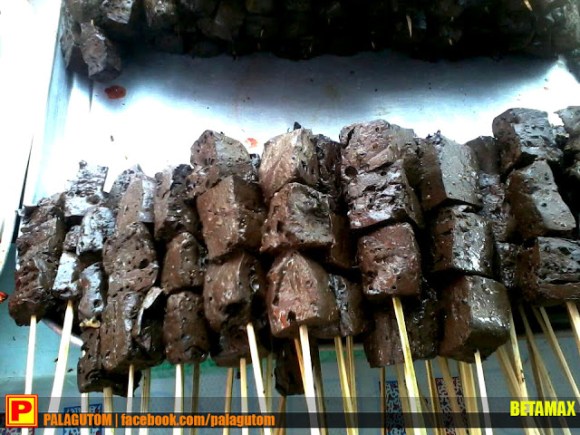
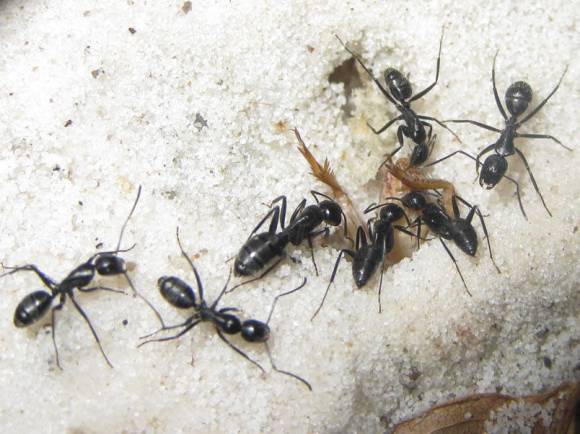
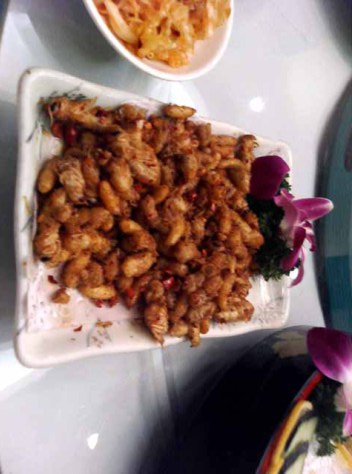
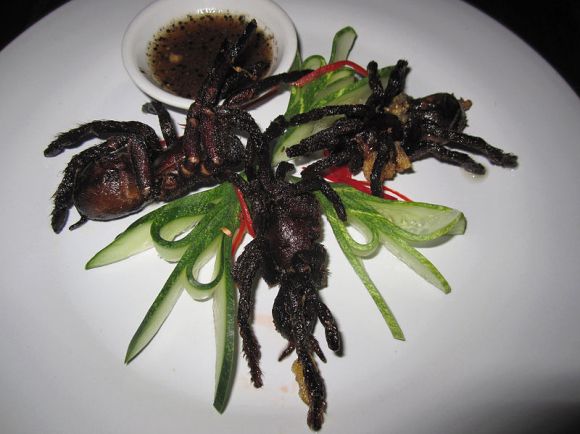

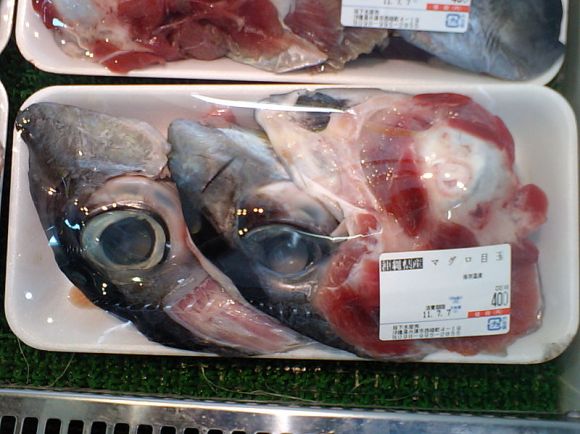
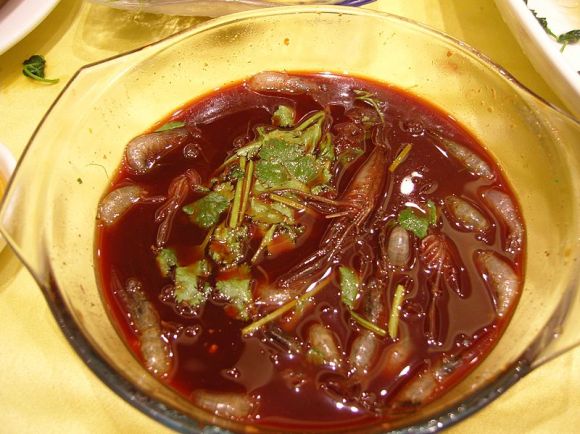
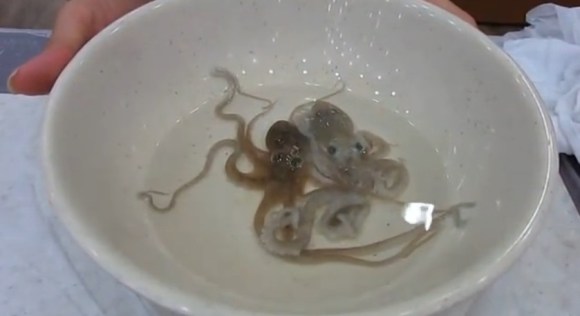
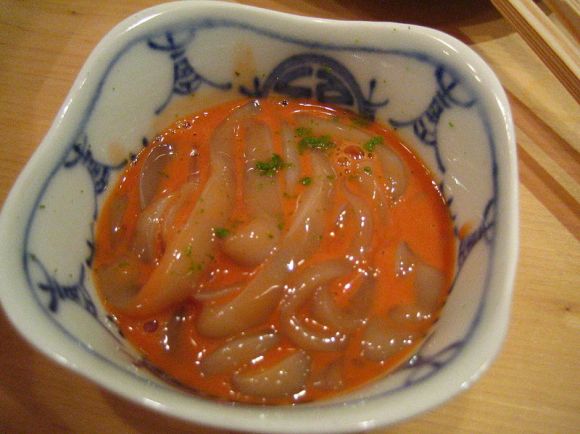
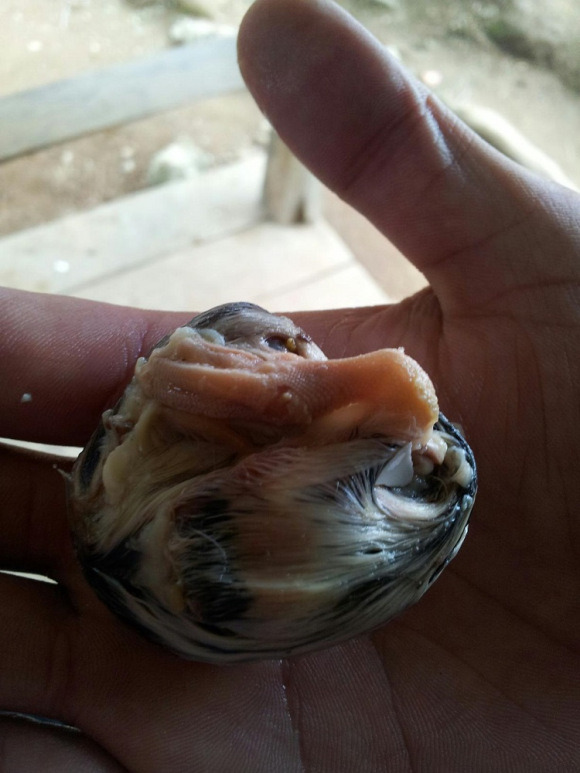
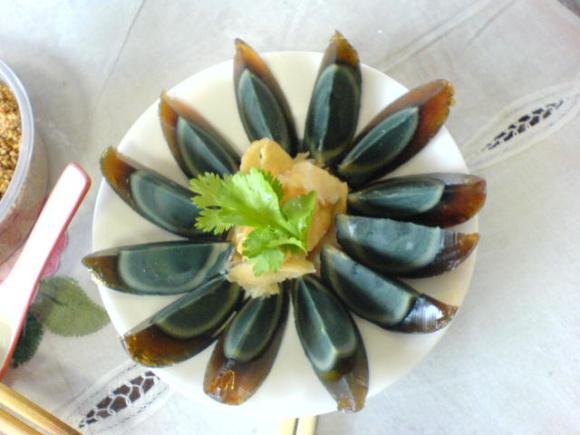
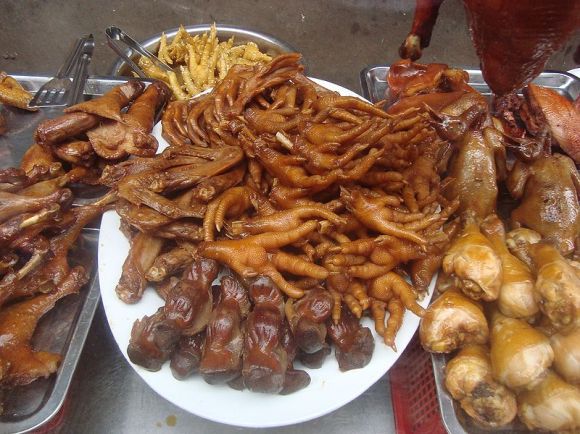
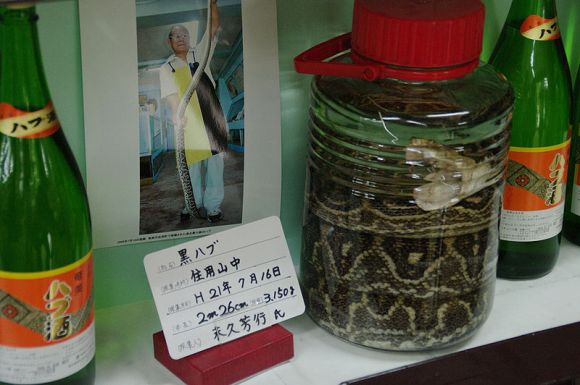
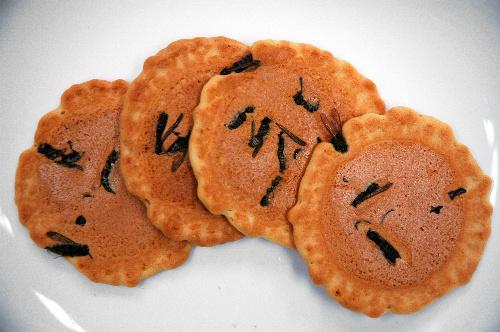
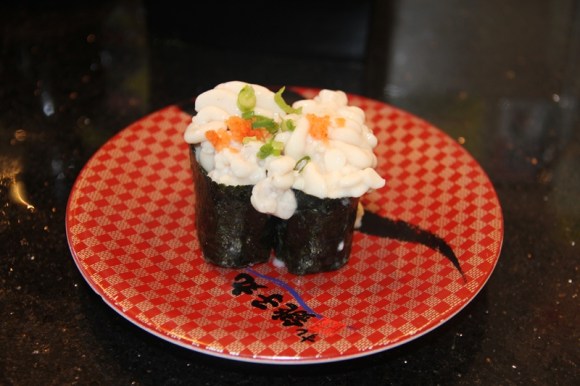
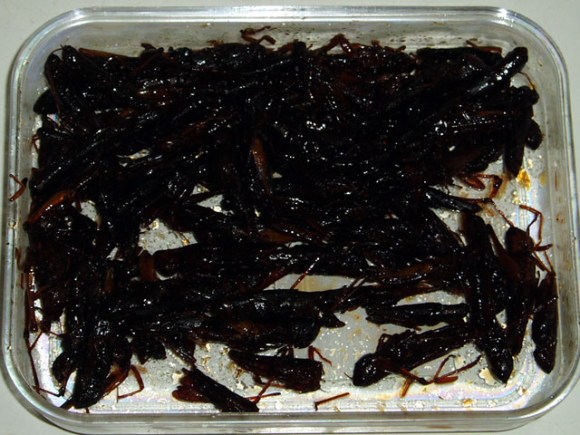
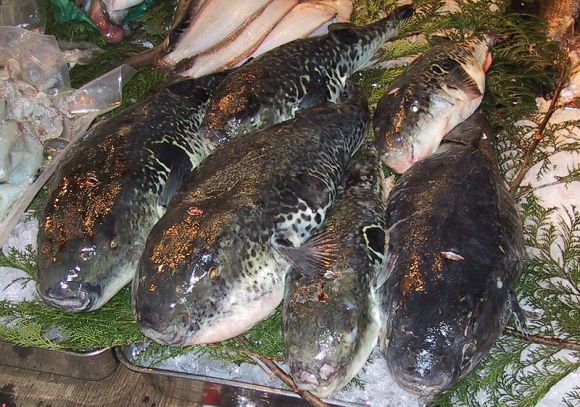
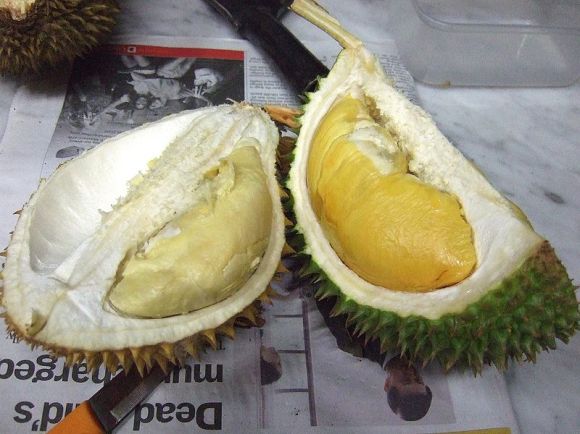
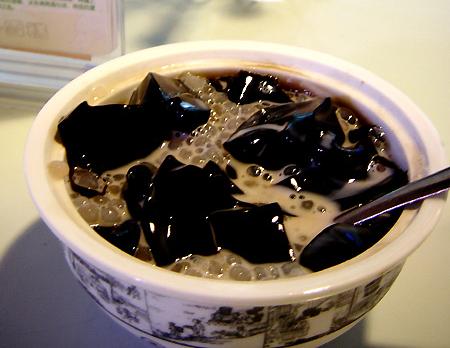

 We try eating insects — they don’t taste like chicken
We try eating insects — they don’t taste like chicken Japanese wasp-filled crackers: Their sting is far worse than a bite
Japanese wasp-filled crackers: Their sting is far worse than a bite We visit “Rice and Circus,” a restaurant that combines bugs and Japanese-style cooking【Photos】
We visit “Rice and Circus,” a restaurant that combines bugs and Japanese-style cooking【Photos】 Wasp and mealworm sushi on the (unusual) menu at the Tokyo Bug-Eating Festival 【Photos】
Wasp and mealworm sushi on the (unusual) menu at the Tokyo Bug-Eating Festival 【Photos】 Matcha green tea cricket protein bars appear in Japan, and we’ve eaten them【Taste test】
Matcha green tea cricket protein bars appear in Japan, and we’ve eaten them【Taste test】 Japanese ramen restaurants under pressure from new yen banknotes
Japanese ramen restaurants under pressure from new yen banknotes McDonald’s new Happy Meals offer up cute and practical Sanrio lifestyle goods
McDonald’s new Happy Meals offer up cute and practical Sanrio lifestyle goods New private rooms on Tokaido Shinkansen change the way we travel from Tokyo to Kyoto
New private rooms on Tokaido Shinkansen change the way we travel from Tokyo to Kyoto French Fries Bread in Tokyo’s Shibuya becomes a hit on social media
French Fries Bread in Tokyo’s Shibuya becomes a hit on social media Beautiful Ghibli sealing wax kits let you create accessories and elegant letter decorations【Pics】
Beautiful Ghibli sealing wax kits let you create accessories and elegant letter decorations【Pics】 We tried Korea’s way-too-big King Tonkatsu Burger at Lotteria 【Taste Test】
We tried Korea’s way-too-big King Tonkatsu Burger at Lotteria 【Taste Test】 Secret Kitchen bento serves Japanese flowers, birds, wind and moon in a box, but is it worth it?
Secret Kitchen bento serves Japanese flowers, birds, wind and moon in a box, but is it worth it? Japanese company starts project to restore Nakagin Capsules to capsule hotel
Japanese company starts project to restore Nakagin Capsules to capsule hotel Cosplay in front of explosions and flames at the upcoming fiery Baku Festival
Cosplay in front of explosions and flames at the upcoming fiery Baku Festival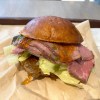 Wendy’s releases a Pretzel Roast Beef Burger aimed at foreign tourists in Japan
Wendy’s releases a Pretzel Roast Beef Burger aimed at foreign tourists in Japan All-you-can-drink Starbucks and amazing views part of Tokyo’s new 170 meter-high sky lounge
All-you-can-drink Starbucks and amazing views part of Tokyo’s new 170 meter-high sky lounge More foreign tourists than ever before in history visited Japan last month
More foreign tourists than ever before in history visited Japan last month Starbucks reopens at Shibuya Scramble Crossing with new look and design concept
Starbucks reopens at Shibuya Scramble Crossing with new look and design concept Studio Ghibli releases new action figures featuring Nausicaä of the Valley of the Wind characters
Studio Ghibli releases new action figures featuring Nausicaä of the Valley of the Wind characters Studio Ghibli glasses cases let anime characters keep an eye on your spectacles
Studio Ghibli glasses cases let anime characters keep an eye on your spectacles Is the new Shinkansen Train Desk ticket worth it?
Is the new Shinkansen Train Desk ticket worth it? Studio Ghibli releases Kiki’s Delivery Service chocolate cake pouches in Japan
Studio Ghibli releases Kiki’s Delivery Service chocolate cake pouches in Japan New definition of “Japanese whiskey” goes into effect to prevent fakes from fooling overseas buyers
New definition of “Japanese whiskey” goes into effect to prevent fakes from fooling overseas buyers Our Japanese reporter visits Costco in the U.S., finds super American and very Japanese things
Our Japanese reporter visits Costco in the U.S., finds super American and very Japanese things Studio Ghibli unveils Mother’s Day gift set that captures the love in My Neighbour Totoro
Studio Ghibli unveils Mother’s Day gift set that captures the love in My Neighbour Totoro Domino’s Japan now sells…pizza ears?
Domino’s Japan now sells…pizza ears? New Japanese KitKat flavour stars Sanrio characters, including Hello Kitty
New Japanese KitKat flavour stars Sanrio characters, including Hello Kitty New Pokémon cakes let you eat your way through Pikachu and all the Eevee evolutions
New Pokémon cakes let you eat your way through Pikachu and all the Eevee evolutions Sales of Japan’s most convenient train ticket/shopping payment cards suspended indefinitely
Sales of Japan’s most convenient train ticket/shopping payment cards suspended indefinitely Sold-out Studio Ghibli desktop humidifiers are back so Totoro can help you through the dry season
Sold-out Studio Ghibli desktop humidifiers are back so Totoro can help you through the dry season Japanese government to make first change to romanization spelling rules since the 1950s
Japanese government to make first change to romanization spelling rules since the 1950s Ghibli founders Toshio Suzuki and Hayao Miyazaki contribute to Japanese whisky Totoro label design
Ghibli founders Toshio Suzuki and Hayao Miyazaki contribute to Japanese whisky Totoro label design Doraemon found buried at sea as scene from 1993 anime becomes real life【Photos】
Doraemon found buried at sea as scene from 1993 anime becomes real life【Photos】 Tokyo’s most famous Starbucks is closed
Tokyo’s most famous Starbucks is closed One Piece characters’ nationalities revealed, but fans have mixed opinions
One Piece characters’ nationalities revealed, but fans have mixed opinions We asked a Uniqlo employee what four things we should buy and their suggestions didn’t disappoint
We asked a Uniqlo employee what four things we should buy and their suggestions didn’t disappoint Princesses, fruits, and blacksmiths: Study reveals the 30 most unusual family names in Japan
Princesses, fruits, and blacksmiths: Study reveals the 30 most unusual family names in Japan We try hone-jiru (bone soup), a delicious Okinawan specialty hard to find on mainland Japan
We try hone-jiru (bone soup), a delicious Okinawan specialty hard to find on mainland Japan Roses and cherry blossoms help to repel wasp attacks, according to Kochi University study
Roses and cherry blossoms help to repel wasp attacks, according to Kochi University study Eat not like a king, but like a cat at this cat food-themed restaurant in Japan
Eat not like a king, but like a cat at this cat food-themed restaurant in Japan Bangkok’s Snake Farm: Saving lives and teaching the world about snake penises 【Photos】
Bangkok’s Snake Farm: Saving lives and teaching the world about snake penises 【Photos】 Savoring one of the stinkiest foods in the world: Sweden’s surströmming
Savoring one of the stinkiest foods in the world: Sweden’s surströmming Pufferfish or plane crashes? What causes more deaths in Japan?
Pufferfish or plane crashes? What causes more deaths in Japan? Ironically, this video of a typical Japanese breakfast doesn’t show one
Ironically, this video of a typical Japanese breakfast doesn’t show one How many do you know? 12 delicious foods in Japanese supermarkets and convenience stores
How many do you know? 12 delicious foods in Japanese supermarkets and convenience stores Okonomiyaki you can eat with one hand? We try a revolutionary new frozen food【Taste test】
Okonomiyaki you can eat with one hand? We try a revolutionary new frozen food【Taste test】 New magic powder purports to make natto edible even for bean-haters
New magic powder purports to make natto edible even for bean-haters Survey says osechi New Year’s food differs according to each region in Japan
Survey says osechi New Year’s food differs according to each region in Japan We try Thai and Indonesian “Ethnic” Cup Noodles, one of them tastes like spicy Fruit Loops
We try Thai and Indonesian “Ethnic” Cup Noodles, one of them tastes like spicy Fruit Loops Our Japanese-language writers taste and compare sushi from around the world
Our Japanese-language writers taste and compare sushi from around the world This triple jumbo shrimp rice bowl hides a shrimpressive surprise
This triple jumbo shrimp rice bowl hides a shrimpressive surprise
Leave a Reply